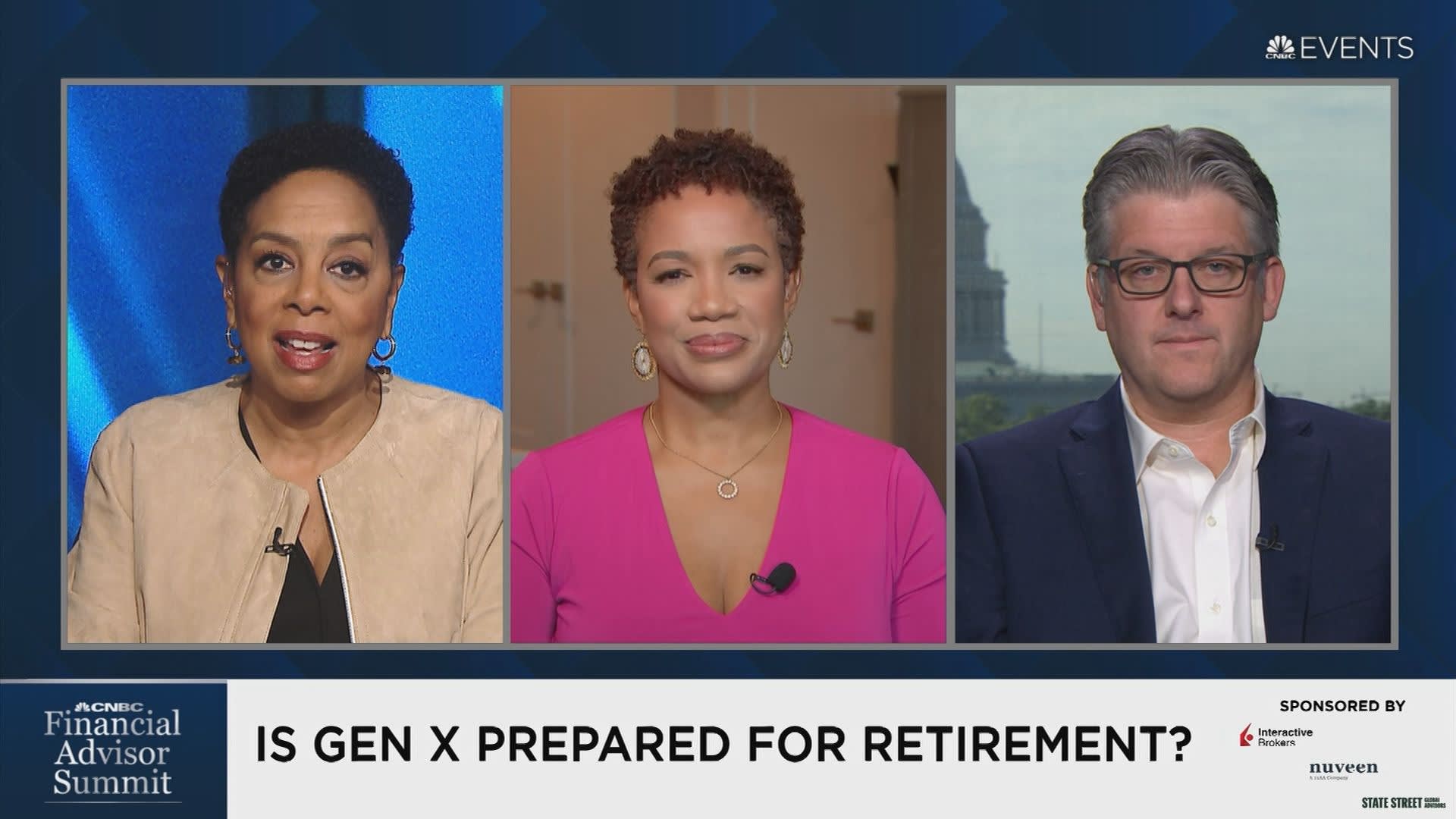Dardespot | E+ | Getty Images
Social Security beneficiaries stand to get a boost to their benefits next year, based on a 3.2% cost-of-living adjustment.
But there are several thresholds workers should keep in mind, based on new numbers for 2024 that were recently announced by the Social Security Administration.
If you’re a worker who hopes to eventually be eligible for retirement benefits, or you’re working and also receiving retirement benefits, here’s what you need to know.
1. Up to $168,600 in earnings will be taxed for Social Security in 2024
The maximum taxable earnings for Social Security will rise to $168,600 in 2024, up from $160,200 in 2023.
Workers pay a 7.65% tax from their paychecks for Medicare and Social Security, also known as FICA, which stands for the Federal Insurance Contributions Act. Self-employed workers pay 15.3% to cover both worker and employer contributions.
That 7.65% includes 1.45% that goes to Medicare, and which applies to all earnings. Higher earners may pay an additional 0.9%.
The remaining 6.2% is for Social Security and only applies to the taxable maximum, or $168,600 for next year.

Approximately 6% of workers who pay Social Security taxes have earnings above the taxable maximum every year, according to the Social Security Administration.
By paying taxes to Social Security, you may eventually receive benefits in retirement.
Generally, you need at least 10 years of work, or 40 credits, to qualify. You may earn up to four credits per year.
The amount of earnings required for a Social Security credit will be $1,730 in 2024, up from $1,640 in 2023.
2. Some Social Security beneficiaries who work will face an earnings test
If you claim Social Security between age 62 and your full retirement age, your benefits will be reduced for starting early.
If you also continue to work, you may be subject to what is known as the retirement earnings test if you earn over a certain threshold.
In 2024, the earnings exempt from the retirement earnings test will go up to $22,320, from $21,240 this year. For every $2 in earnings above that limit, $1 in benefits will be withheld.
The good news is those withheld benefits are applied to your monthly benefits once you reach full retirement age.
“It’s worth checking the threshold for the lower earner in a married [two-earner] household,” said Joe Elsasser, a certified financial planner and president of Covisum, a provider of Social Security claiming software.
More from Personal Finance:
Social Security cost-of-living adjustment will be 3.2% in 2024
Lawmakers take aim at credit card debt, interest rates, fees
Medicare open enrollment may help cut health-care costs
That lower earner may be able to continue working and collect their full Social Security benefit without facing any penalty, he said.
Importantly, there is a different earnings test threshold for the year you turn full retirement age.
In 2024, this will go up to $59,520 for the months before you reach your full retirement age, compared to $56,520 this year. In the year you turn full retirement age, $1 in benefits is withheld for every $3 in earnings above the limit.
The earnings test is an important factor to consider when deciding whether to claim retirement benefits early, according to Elsasser.
The new higher threshold — almost $60,000 — for the year you turn full retirement age also presents an opportunity, he said.
For example, if you turn full retirement age in July, you may earn about $10,000 per month prior to your birthday and not be subject to the earnings test if you start benefits Jan. 1, Elsasser said.
3. Beneficiaries may be taxed on up to 85% of their benefit income
Social Security benefit income may be subject to federal taxes.
The rate at which that income is taxed is based on your combined income. That is calculated by adding half your benefits with your adjusted gross income and nontaxable interest.
You may pay taxes on up to 50% of your benefits if your combined income is between $25,000 and $34,000 for individual tax filers, or between $32,000 and $44,000 for couples who are married and file jointly.
Up to 85% of your benefits may be taxable if your individual combined income is more than $34,000 and you file individually, or if you’re married with more than $44,000.
Notably, these thresholds do not change from year to year. However, as benefit income increases each year with cost-of-living adjustments, more of that becomes subject to taxes over time.
More beneficiaries may be liable for federal income taxes on their benefit income next April due to the 8.7% cost-of-living adjustment for 2023, according to research from The Senior Citizens League. The nonpartisan senior group is advocating for the tax thresholds to be updated and annually adjusted so seniors do not have to pay as much taxes on their benefit income.
“Certainly, taxation has become a growing concern,” said Mary Johnson, Social Security and Medicare policy analyst at The Senior Citizens League.

